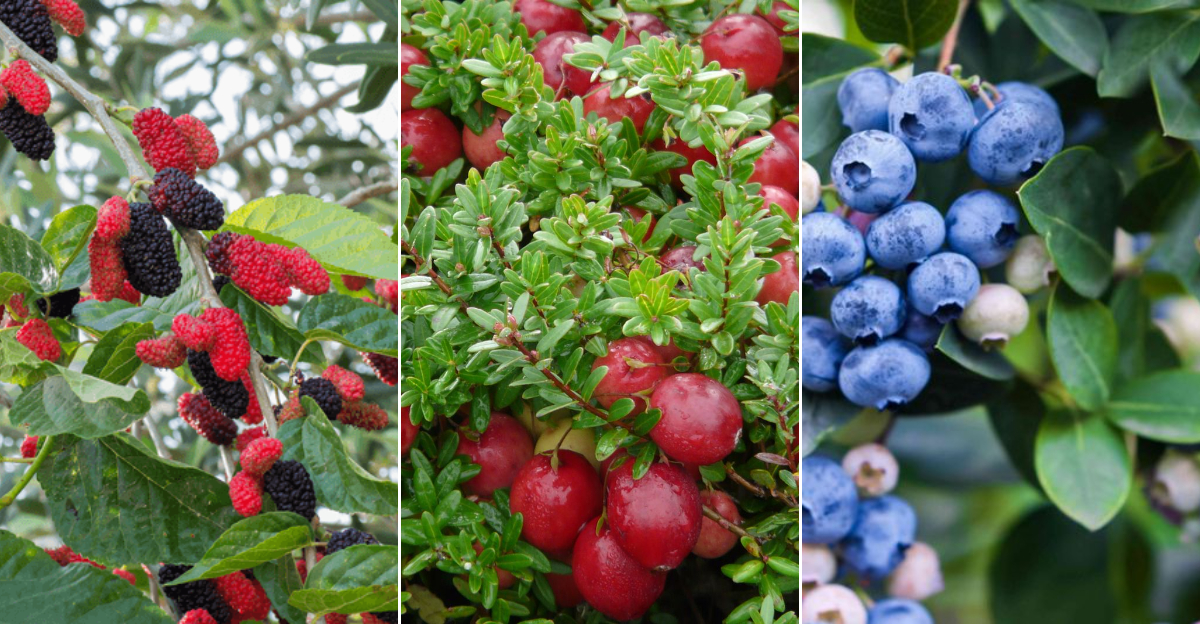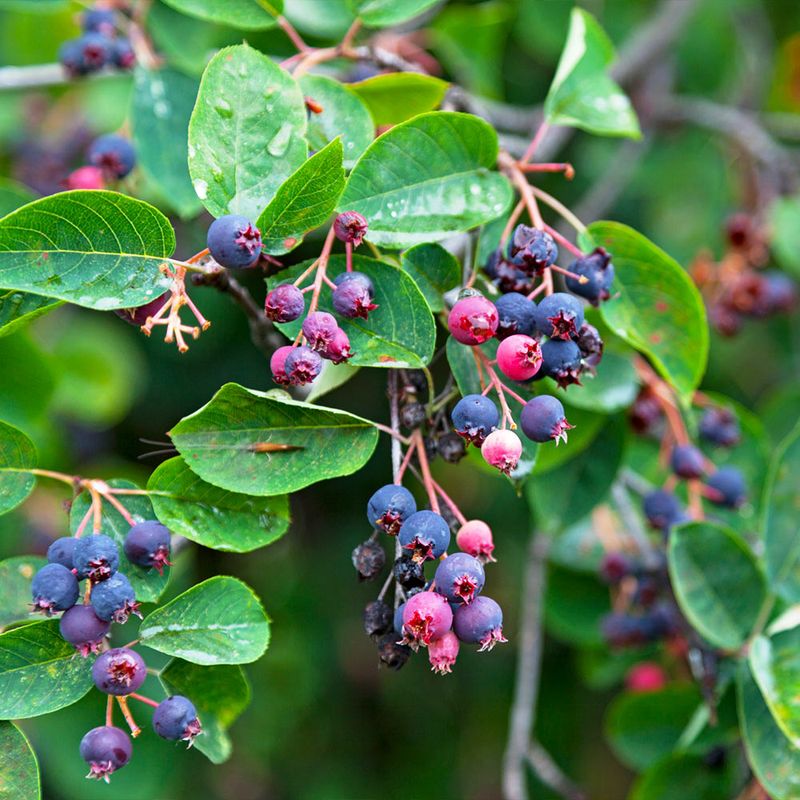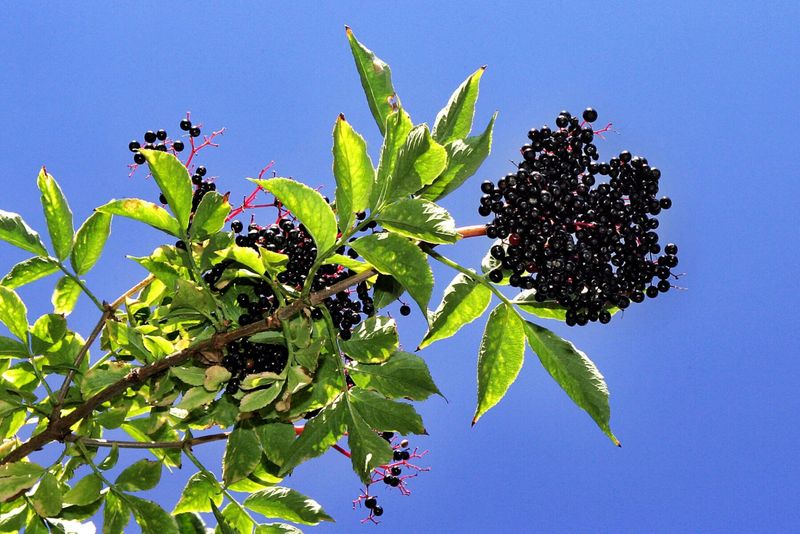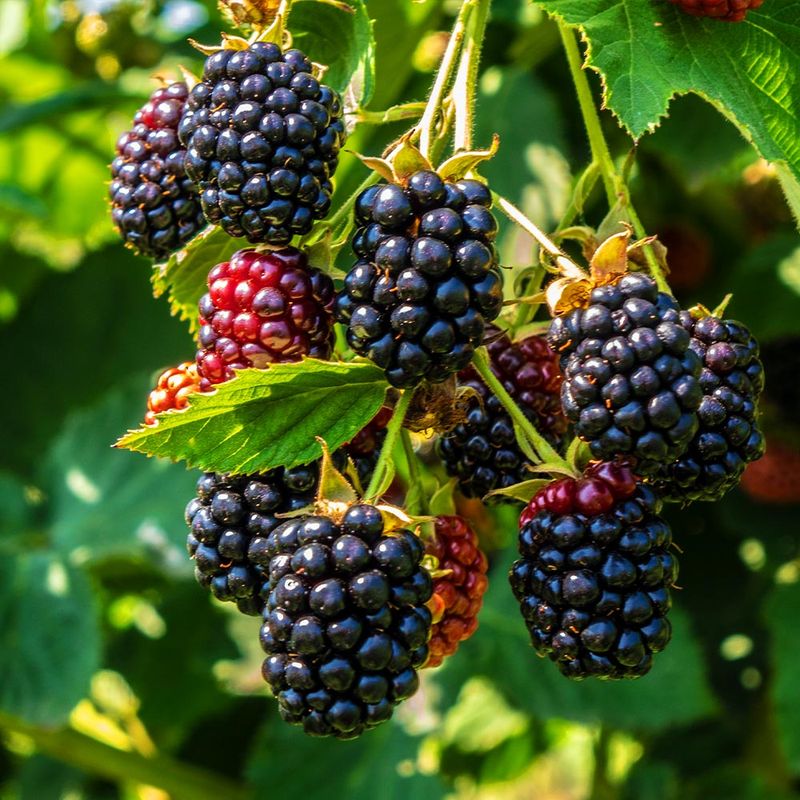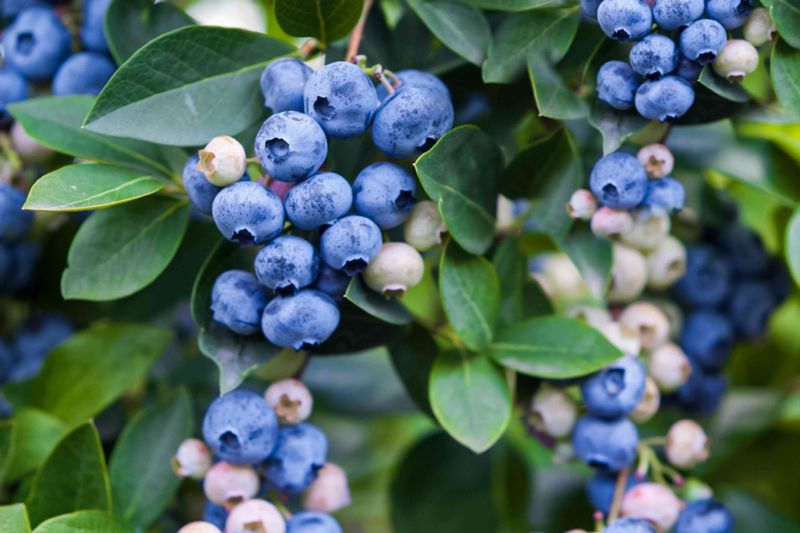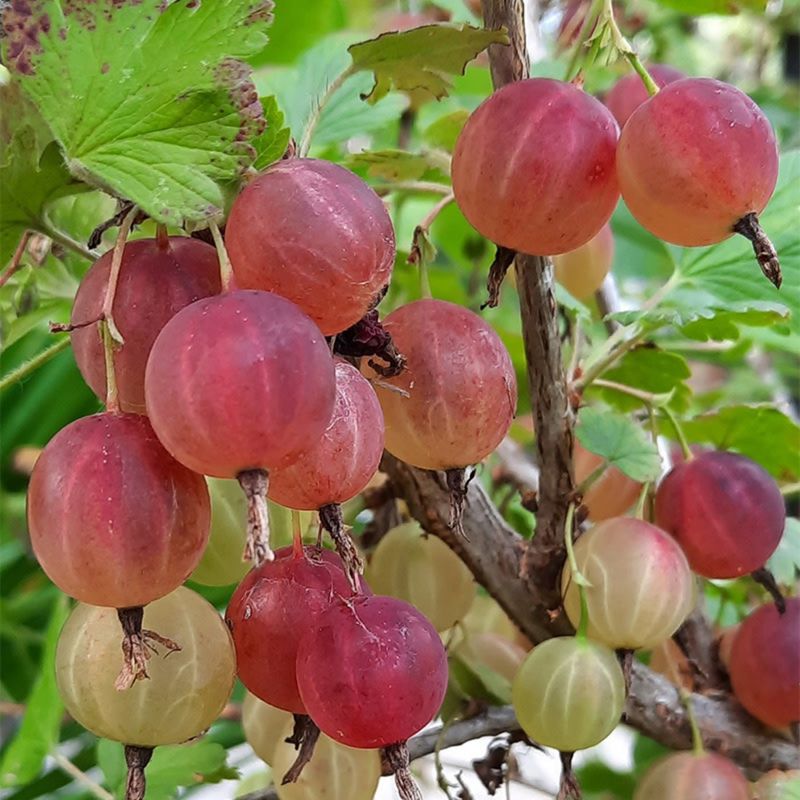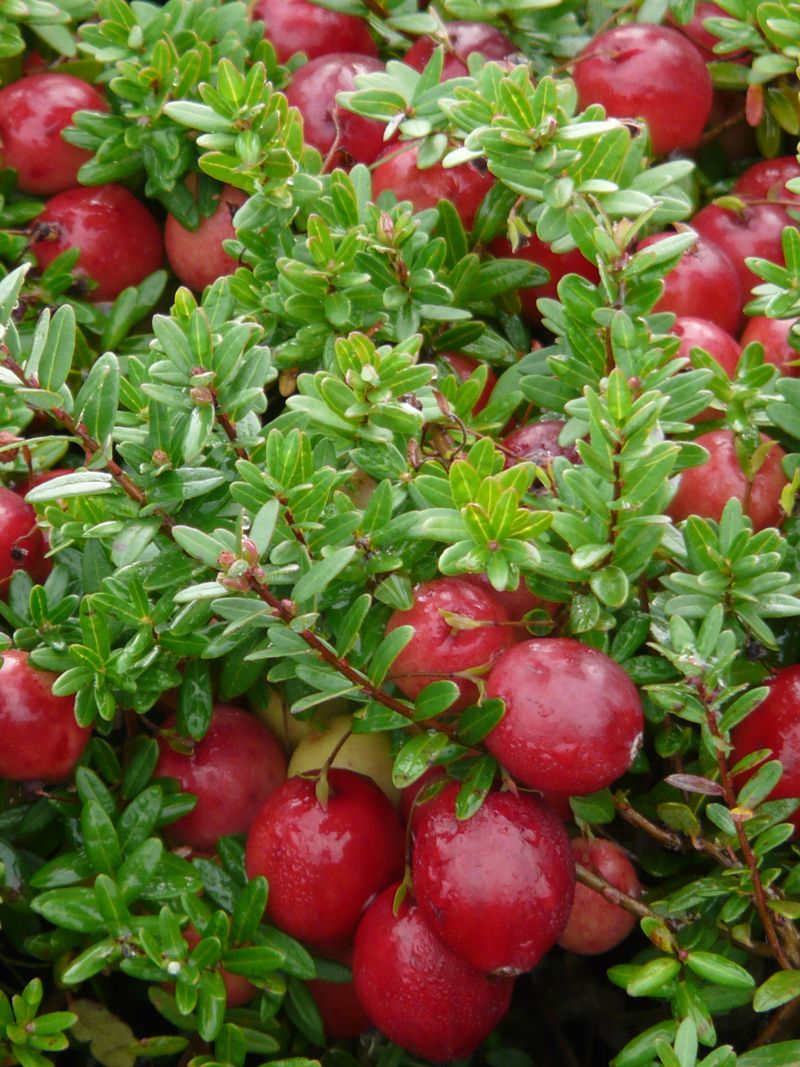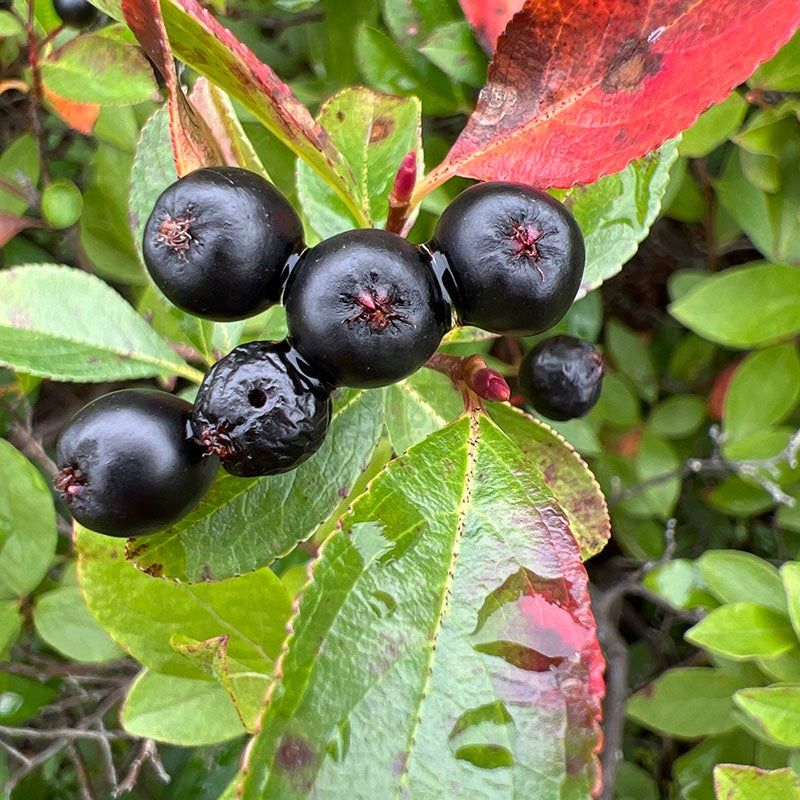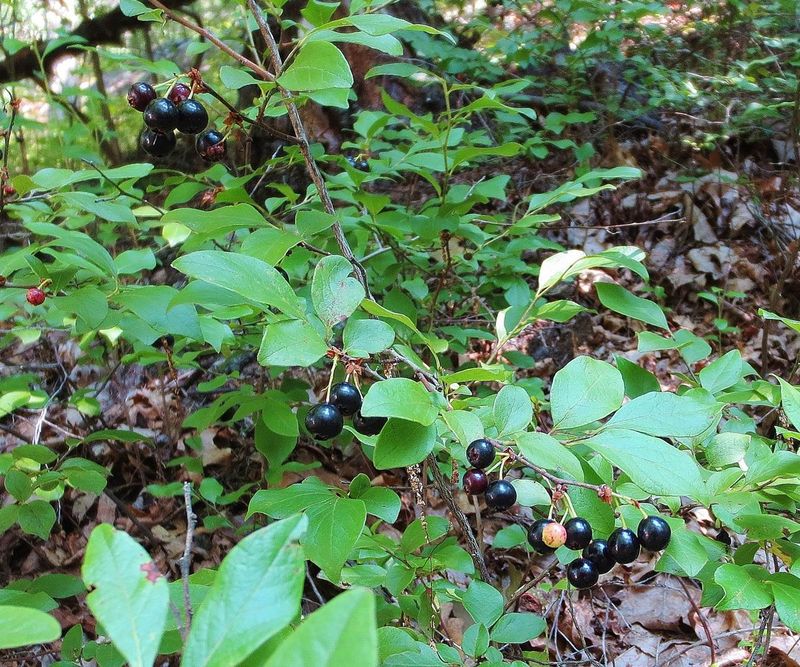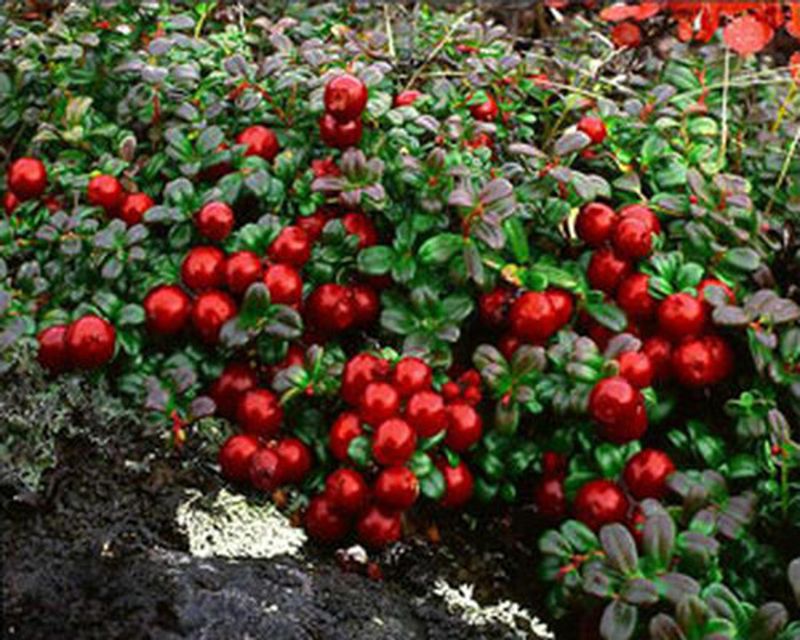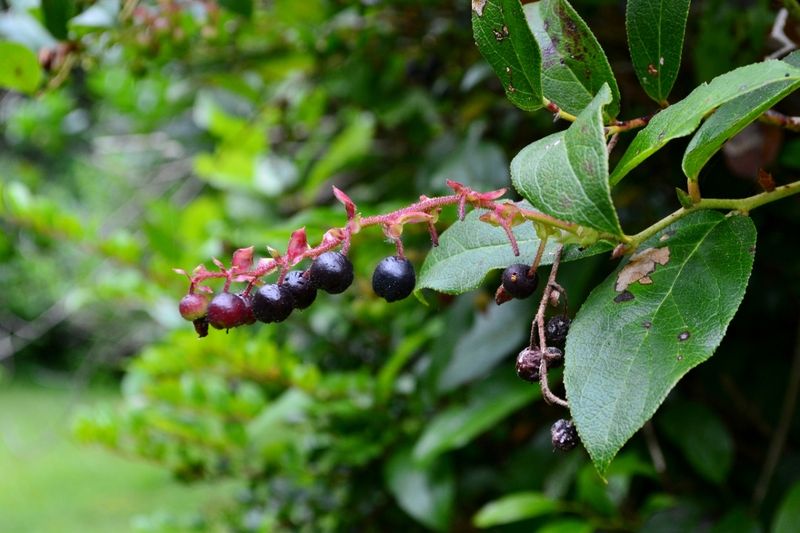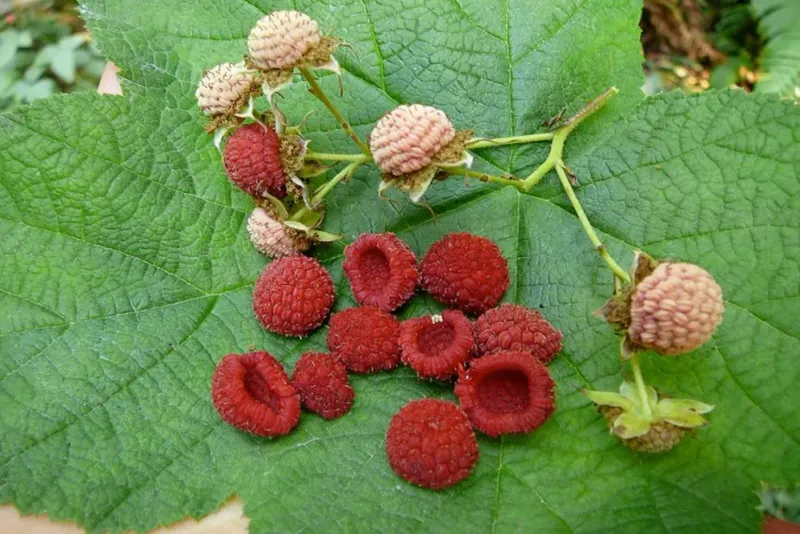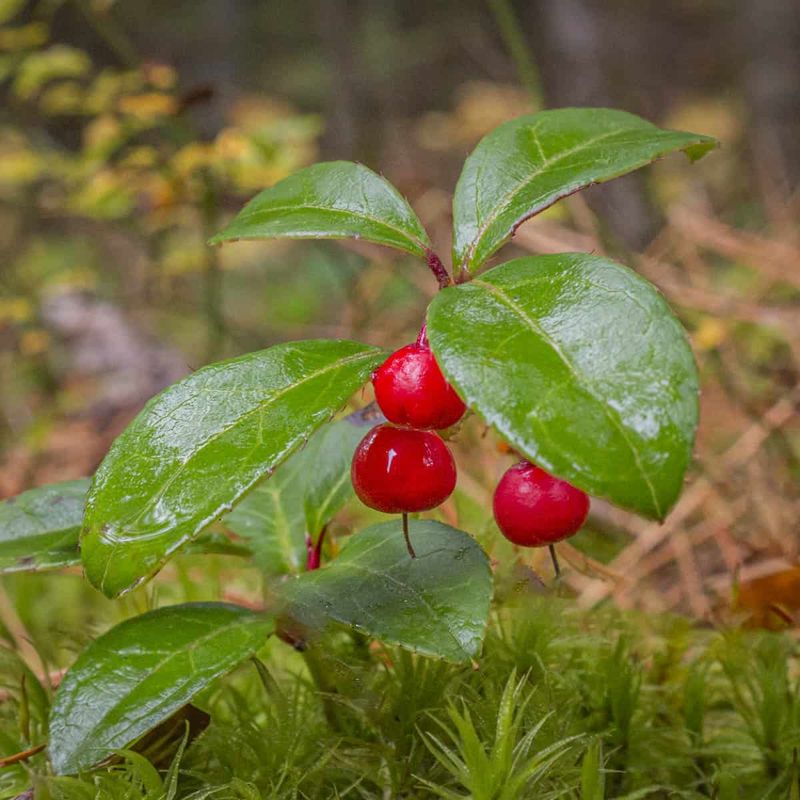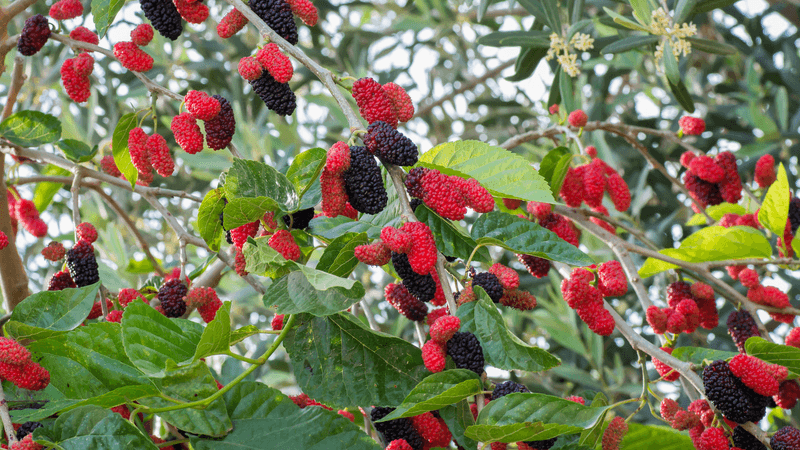Discover the wonders of native berry bushes that not only provide delicious fruits but are also surprisingly easy to cultivate in your garden. These plants are perfectly adapted to thrive in local climates, offering a bounty of flavors while supporting local ecosystems.
Whether you’re a seasoned gardener or a beginner, these berry bushes will add a sweet touch to your outdoor space, and perhaps even inspire a culinary adventure.
1. Serviceberry (Amelanchier)
The serviceberry, often called Juneberry, charms gardeners with its delicate white blossoms in spring. As summer approaches, these flowers transform into clusters of sweet, purple berries.
Known for their blueberry-like taste, they’re perfect for fresh eating or baking. Thriving in well-drained soil and full sun to partial shade, serviceberries are drought-tolerant, making them ideal for low-maintenance landscapes.
Their vibrant fall foliage adds a splash of color to gardens, and they attract birds, making them a delightful addition for nature lovers. Easy to grow, serviceberries are a gardener’s treasure.
2. Elderberry (Sambucus)
Elderberries, with their striking dark berries and light green foliage, are a gardener’s delight. These plants are not only visually appealing but also incredibly useful in the kitchen.
Their berries, known for boosting immunity, can be turned into syrups, jams, and wines. Elderberries thrive in moist, well-drained soil and can tolerate partial shade. They grow rapidly, making them perfect for gardeners seeking quick results.
Their pleasant blossoms attract pollinators, ensuring a lively garden. With a bit of care, elderberries reward you with both beauty and bountiful harvests.
3. Blackberry (Rubus allegheniensis)
Wild blackberries are a staple in many gardens, prized for their sweet, juicy fruit. Their thorny canes are vigorous growers, producing an abundance of berries come summer.
These resilient plants thrive in full sun and well-drained soil, requiring minimal care once established. Perfect for fresh snacking, pies, or jams, blackberries are versatile kitchen stars.
They also provide excellent wildlife habitat, attracting birds and pollinators. Though they can be a bit unruly, their rewards are plentiful. For those who love fruit gardening, blackberries are a must-have.
4. Blueberry (Vaccinium corymbosum)
Blueberries are beloved for their delicious taste and nutritional benefits. These compact bushes, adorned with clusters of small white flowers, transform into vibrant berry producers by midsummer.
Blueberries thrive in acidic, well-drained soil and full sun, fitting wonderfully into both garden beds and containers. Their ornamental value extends beyond harvest, with stunning red fall foliage.
Easy to care for, they require regular watering, especially during dry spells. A favorite among berry enthusiasts, blueberries offer a healthy snack packed with antioxidants, perfect for both fresh eating or baking.
5. Gooseberry (Ribes uva-crispa)
With their tart yet sweet flavor, gooseberries are a unique addition to any garden. These small bushes produce an abundance of berries that range from green to pink as they ripen, adding visual interest.
Gooseberries thrive in well-drained soil and can tolerate some shade, making them versatile for various garden spots. They’re perfect for making jams and desserts or enjoying fresh with a sprinkle of sugar.
Hardy and resistant to many pests, gooseberries require minimal care. Their spiky branches may deter some, but their delectable fruit is worth the effort.
6. Cranberry (Vaccinium macrocarpon)
Cranberries are iconic for their tart flavor and vibrant color, often associated with festive meals. These sprawling plants prefer acidic, sandy soil and full sun, often thriving in bog-like conditions.
While cranberries are low-growing, they are highly productive, providing ample harvests in the fall. Their berries are rich in vitamin C and antioxidants, ideal for juices and sauces.
Though often linked to commercial farming, home gardeners can also enjoy growing cranberries with the right conditions. Their unique growing style and health benefits make them a fascinating choice.
7. Chokeberry (Aronia)
Chokeberries, or Aronia, stand out with their glossy black fruits and striking red foliage. Known for their astringent yet healthful properties, these berries are rich in antioxidants and vitamins.
They’re perfect for making juices, wines, and extracts. These hardy plants thrive in full sun and can adapt to various soil types, requiring little maintenance.
In addition to their nutritional benefits, chokeberries add ornamental value to gardens, especially in the fall. Their resilience and beauty make them a great pick for health-conscious gardeners seeking variety.
8. Huckleberry (Gaylussacia)
Huckleberries delight with their sweet and tangy taste, reminiscent of wild blueberries. These bushes thrive in acidic, well-drained soil and prefer partial shade, often found in forested areas.
Huckleberries are slow to grow but highly rewarding, offering a bounty of nutritious berries in late summer. These fruits are perfect for fresh eating, baking, or preserving. Their natural habitat attracts wildlife, creating a lively garden environment.
With their delicious flavor and low-maintenance nature, huckleberries are a treasured find for those willing to wait for nature’s rewards.
9. Lingonberry (Vaccinium vitis-idaea)
Lingonberries, with their bright red fruits, are a culinary gem in Scandinavian cuisines. These low-growing, evergreen shrubs flourish in acidic soil and can tolerate cold climates, making them ideal for northern gardens.
Lingonberries are highly productive, offering tart berries perfect for jams and sauces. Their evergreen nature provides year-round interest, and they require minimal care once established.
Known for their health benefits, lingonberries are rich in vitamins and antioxidants. Their ability to adapt to challenging conditions makes them a delightful and practical choice for home gardens.
10. Salal (Gaultheria shallon)
Salal berries, native to Pacific coastal regions, are a hidden treasure with a sweet, earthy flavor. These evergreen shrubs thrive in shady conditions and well-drained soil, making them perfect for woodland gardens.
Salal is both ornamental and practical, offering edible berries and attractive foliage. Their thick leaves and clustered berries add texture and interest to landscapes.
Salal is low-maintenance and drought-tolerant once established, appealing to eco-conscious gardeners. Besides their culinary uses, these berries are enjoyed by birds, adding ecological value to your garden space.
11. Thimbleberry (Rubus parviflorus)
Thimbleberries offer a taste of the wild with their soft, raspberry-like fruits. These shrubs, with their broad, fuzzy leaves, are native to forested areas and thrive in partial shade and moist soil.
Their berries are a forager’s delight, perfect for eating fresh or making into preserves. Though the berries are delicate and don’t store well, their flavor is unmatched.
Thimbleberries are easy to grow and can naturalize in woodland settings, providing habitat for local wildlife. Their charm lies in their untamed appearance and the burst of flavor they bring to gardens.
12. Wintergreen (Gaultheria procumbens)
Wintergreen, with its distinctive minty aroma, is a unique and ornamental addition to gardens. This low-growing ground cover thrives in shady, forested areas with acidic soil.
Wintergreen produces bright red berries that add visual interest and are used for their aromatic properties. These berries are edible and can be used to make teas and flavorings.
Wintergreen’s evergreen leaves and vibrant berries offer year-round appeal. Perfect for naturalistic landscapes, it requires minimal care and adds a fragrant touch to garden paths. Its dual purpose of beauty and function makes it a gardener’s favorite.
13. Mulberry (Morus rubra)
Mulberries are beloved for their bountiful fruit and rapid growth. These trees, with their large leaves and drooping branches, offer shade and sweet berries that resemble blackberries.
Thriving in sunny locations with well-drained soil, mulberries are hardy and adaptable. Their fruit is perfect for fresh eating, drying, or making into jams and wines. Though they can be messy when berries fall, their benefits outweigh the minor inconvenience.
Mulberries provide an excellent food source for wildlife, making them a generous addition to any garden. Their combination of shade, beauty, and fruiting makes them a standout choice.
